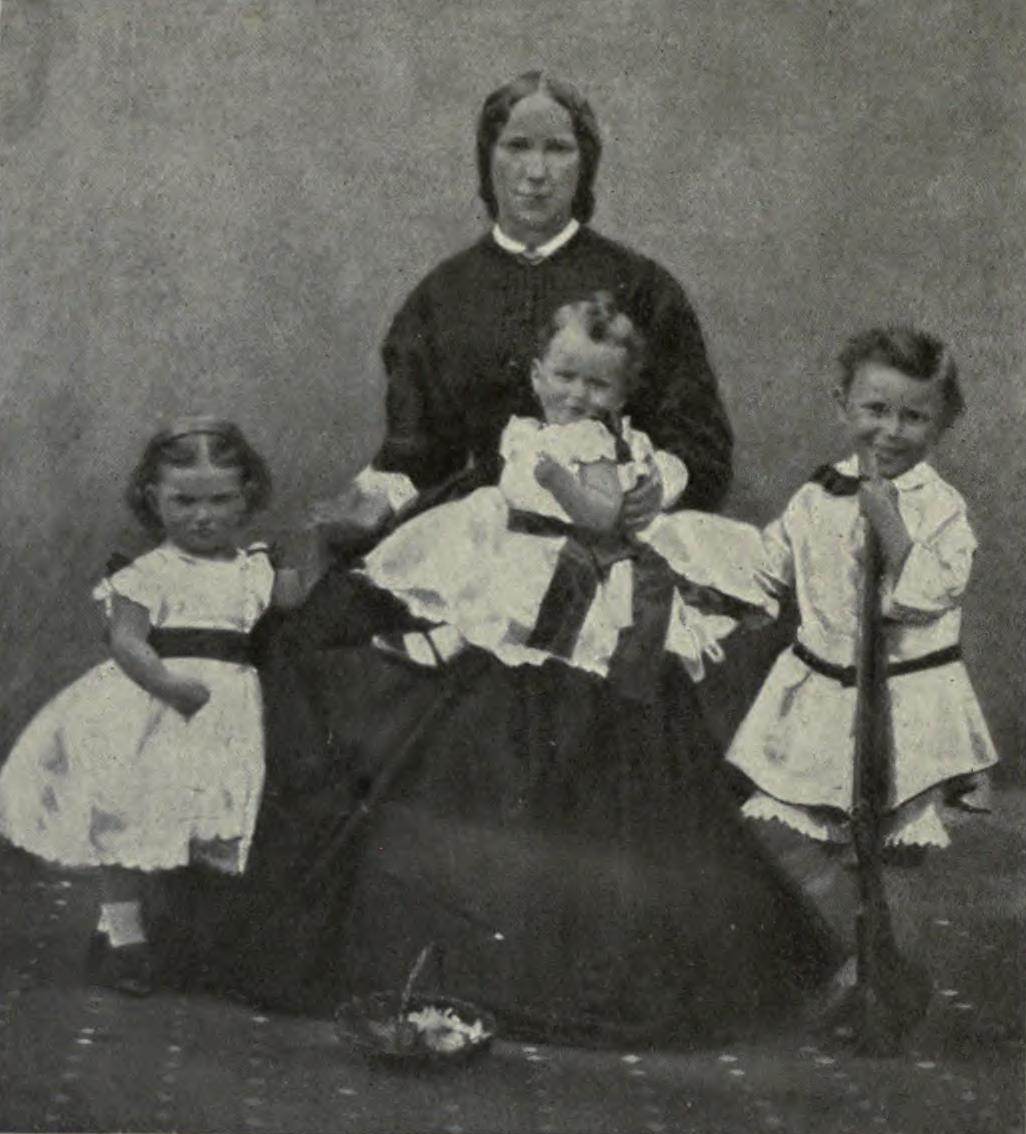|
Chevalliers Of Aspall Hall
The Chevalliers of Aspall Hall are a family in Britain that have lived and farmed at Aspall Hall since 1702. Descendants of the family still exist, and are involved in the production of Aspall Cider. Possessors of Aspall Hall, male line #Temple Chevallier (1674-1722), bought the Aspall estate in 1702 from the Brooke family. He had no issue, so the property passed to a close relative: #Clement Benjamin Chevallier (1697-1762), son of Clement Chevallier (1674-1719) and Marie Dumaresque (died 1737). He married Jane, daughter of Nathaniel Garneys, of Mickfield (1693-1752), of a Suffolk gentry family. His descendants included also the astronomer Temple Chevallier (1794-1873). #Temple Chevallier (1731-1804), married Mary Fiske. #Rev. John Chevallier (1774-1846), who married first Caroline Hepburn of Wisbech (1776-1815) (from her were born: Mary (1809–1880), who married Charles Boutell, Caroline, married 1839 Thomas Kinder of St Albans, John Clement, John, George and Charlotte Sophia&mdas ... [...More Info...] [...Related Items...] OR: [Wikipedia] [Google] [Baidu] |
Aspall Cider
Aspall Cyder Ltd is a manufacturer of cider and other apple derived products. Its cidery is located at Aspall Hall in the village of Aspall, Suffolk, England. It was bought by Molson Coors in 2018. History The business was originally established in the early-18th century. Production was based on apple trees initially introduced for the use of the Chevalliers of Aspall Hall, the owners of the estate, from their native Jersey. In 1946 the company was a founding member of the Soil Association. In addition to cider, Aspall also produce an unfermented apple juice, organic apple cider vinegar and apple-based balsamic vinegar. The company also imports and markets: Spanish Red wine vinegar and White Wine Vinegar, and an Italian Organic Balsamic Vinegar. On 7 January 2018, it was announced that the Aspall company had been sold to Molson Coors Brewing Company, ending 290 years of independently owned manufacturing. The deal is understood to give the company an enterprise value of £40m, a ... [...More Info...] [...Related Items...] OR: [Wikipedia] [Google] [Baidu] |
Temple Chevallier
Temple Chevallier FRAS (19 October 1794 in Badingham, Suffolk – 4 November 1873 in Harrow Weald) was a British clergyman, astronomer, and mathematician. Between 1847 and 1849, he made important observations regarding sunspots. Chevallier has been called "a remarkable Victorian polymath" (Kenworthy, 1994). Not only did he write many papers on astronomy and physics, he also published a translation of the Apostolic Fathers that went into a second edition, and translated the works of Clement of Alexandria, Polycarp and Ignatius of Antioch. Life Son of Rev. Temple Fiske Chevallier, rector of Badingham, Suffolk, of the Chevallier family of Aspall Hall, Chevallier was educated at Pembroke College, Cambridge, and was ordained a priest in 1820. He became a Fellow of Pembroke College in 1819. He was a Fellow and Tutor of Catharine Hall (St Catharine's College, Cambridge) in 1820 and Hulsean lecturer in Divinity from 1826 to 1827. He was curate and then vicar of St Andrew the Gr ... [...More Info...] [...Related Items...] OR: [Wikipedia] [Google] [Baidu] |
Charles Boutell
Charles Boutell (1 August 1812 – 31 July 1877) was an English archaeologist, antiquary and clergyman, publishing books on brasses, arms and armour and heraldry, often illustrated by his own drawings. Life Boutell was born at Pulham St Mary, Norfolk, the son of the Rev. Charles Boutell. He entered St John's College, Cambridge, and graduated BA in 1834. In 1836 he took his MA at Trinity College, Oxford. Having served briefly as curate of Hemsby, Norfolk, and then curate of St Leonard's Church, Sandridge, Hertfordshire (1837–46), during which period, in 1839, he was ordained priest. He was subsequently rector of Downham Market (1847–1850) and vicar of Wiggenhall St Mary Magdalen, Norfolk (1847–55). After moving to London in 1855 he held various positions, including reader at St Luke's, Lower Norwood, Surrey (1860–67). He was secretary of the St Albans Architectural Society, founded in 1845; and was one of the founders in 1855 of the London and Middlesex Archaeologic ... [...More Info...] [...Related Items...] OR: [Wikipedia] [Google] [Baidu] |
Horatio Kitchener, 1st Earl Kitchener
Horatio Herbert Kitchener, 1st Earl Kitchener, (; 24 June 1850 – 5 June 1916) was a senior British Army officer and colonial administrator. Kitchener came to prominence for his imperial campaigns, his scorched earth policy against the Boers, his expansion of Lord Roberts' concentration camps during the Second Boer War and his central role in the early part of the First World War. Kitchener was credited in 1898 for having won the Battle of Omdurman and securing control of the Sudan for which he was made Baron Kitchener of Khartoum. As Chief of Staff (1900–1902) in the Second Boer War he played a key role in Roberts' conquest of the Boer Republics, then succeeded Roberts as commander-in-chief – by which time Boer forces had taken to guerrilla fighting and British forces imprisoned Boer civilians in concentration camps. His term as Commander-in-Chief (1902–1909) of the Army in India saw him quarrel with another eminent proconsul, the Viceroy Lord Curzon, who eventua ... [...More Info...] [...Related Items...] OR: [Wikipedia] [Google] [Baidu] |

